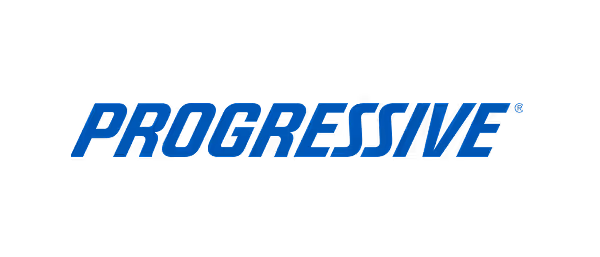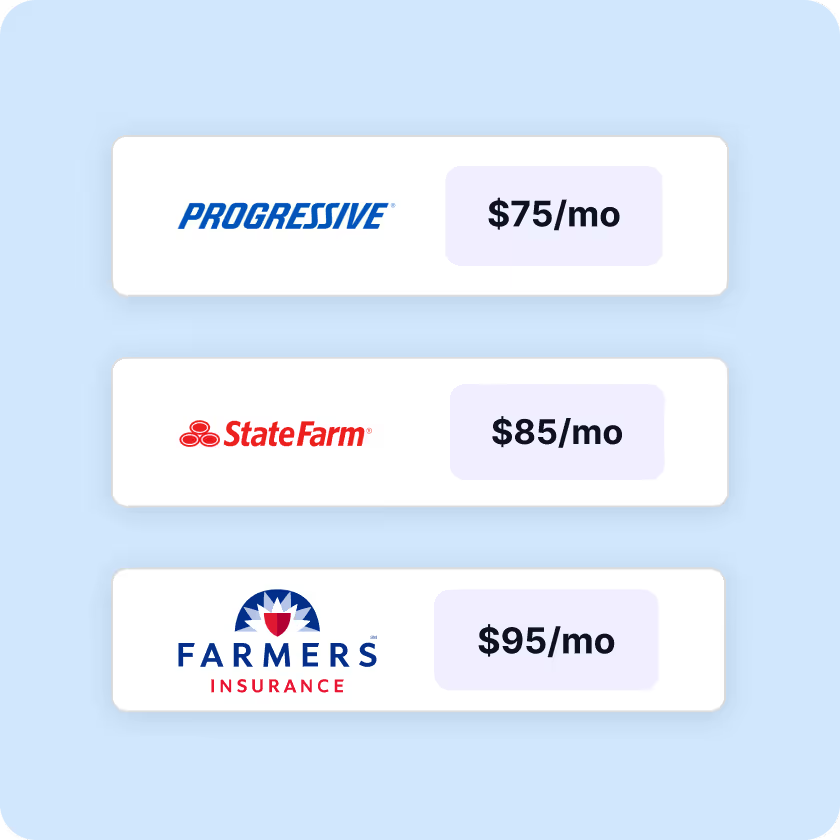
Kudos has partnered with CardRatings and Red Ventures for our coverage of credit card products. Kudos, CardRatings, and Red Ventures may receive a commission from card issuers. Kudos may receive commission from card issuers. Some of the card offers that appear on Kudos are from advertisers and may impact how and where card products appear on the site. Kudos tries to include as many card companies and offers as we are aware of, including offers from issuers that don't pay us, but we may not cover all card companies or all available card offers. You don't have to use our links, but we're grateful when you do!
The Best Credit Card for Home Improvement
July 1, 2025


Remodeling projects can get expensive, whether you’re renovating a fixer-upper from the ground up or just sprucing up a few aspects of your living space. One way to alleviate the financial burden is by signing up for a credit card designed specifically for home improvement spending.
Though they aren’t as “glamorous” as travel cards, home improvement cards can be a valuable addition to your wallet. This guide will cover the best home improvement cards available and help you choose the right one for your needs.
The Benefits of Home Improvement Credit Cards
Home improvement credit cards are designed with the needs of renovators and DIYers in mind. Since home improvement can get expensive, these cards usually focus on benefits related to large purchases, such as rewards or financing.

Each card is slightly different. For example, store-branded cards usually offer more unique perks and benefits than non-store-branded ones. Some common reasons to use a home improvement credit card include the following:
- Sign-up offers. Sign-up offers usually take two forms: large rewards once you hit a minimum spending amount and long-term 0% financing. Either form can result in significant savings if you know how to use it.
- Financing offers. Many home improvement credit cards offer beneficial financing options even after the initial promotional APR expires. For example, a card might offer 0% financing for a few months on larger purchases.
- Ongoing rewards. Like many credit cards, home improvement cards offer rewards like cash back or points. This class of card usually offers higher-than-average rewards rates at home improvement stores to help you maximize your earnings.
In short, home improvement credit cards are about helping you save money on home improvement by either reducing the interest you pay or giving you cash back.
Another benefit of home improvement credit cards is that they come with all the standard perks of using a credit card. These include purchase protection, flexible repayment options, and increased purchasing power.
What To Look For in Home Improvement Credit Cards
While home improvement might not be as popular a category as cash back or travel rewards, homeowners still have plenty of options. Unfortunately, choosing the right card for your situation can make it challenging.
Here, we’ll offer tips on choosing a good home improvement credit card. For more general advice, check out our guide on choosing your next credit card.
Store-branded or not?
The first thing to consider is whether you want a store-branded credit card or one that isn’t tied to a specific retailer.
Store-branded cards offer more unique perks and rewards. For example, if you do all your shopping at Home Depot, it can be advantageous to get Home Depot’s branded card. However, if you shop at many home improvement stores, you’ll likely want a card you can use anywhere.
No annual fee
With any credit card, it’s important to consider the fees you pay for the benefit of using it. In general, you should look for a home improvement card with no annual fee. If you must pay a fee, make sure you get enough value from the card to cover that fee’s cost.
Useful and easy to earn a sign-up bonus
Remodeling projects are usually pricey — making them an excellent opportunity to cash in on credit card sign-up bonuses.
These bonuses usually come in the form of “spend $X in the first three months of having the card and earn $Y.” After that, depending on the card, you could earn cash back, miles, or points. Some cards have spend requirements and bonuses in the low hundreds of dollars, while others offer as much as $1,000 or more if you spend a lot of cash.
Think about your expected spending and find a card that will give you a strong sign-up bonus.
Low interest rates
Because home improvement is pricey, you may want to pay for your purchases over time.
Look for a card with a long introductory period, 0% APR, and ongoing low rates.
What Are the Best Home Improvement Credit Cards?
We’ve researched dozens of different credit cards to find the best ones for home improvement. These are our top choices:
Destiny® Mastercard® with Instant Credit
The Destiny® Mastercard® with Instant Credit is a non-store-branded card, meaning you can use it at any home improvement store and for any purchase.

This card is unique because it’s designed for people who don’t have a good credit score, giving them an opportunity to build their credit history. Though it has light credit requirements, the Destiny card also doesn’t require collateral, so you won’t need to put down cash to qualify.
Before you apply, you can pre-qualify with no impact on your credit; this will let you know whether you have a good chance of getting the card. Then, once you have your card, the credit card issuer will report your activity to all three credit bureaus, helping you build your credit score until you have excellent credit.
The Destiny card’s primary drawbacks are its lack of a sign-up bonus and rewards on purchases. You won’t get a 0% APR intro period or earn any cash back for your purchases. If you have good enough credit to get another card on this list, you may want to consider different cards first.
[[ SINGLE_CARD * {"id": "3072", "isExpanded": "false", "bestForCategoryId": "15", "bestForText": "Credit Builders", "headerHint": "Guaranteed Credit Limit"} ]]
The Home Depot® Consumer Credit Card
The Home Depot® Consumer Credit Card is the first store-branded card on this list. However, like many store-branded cards, you can only use this one when you shop at Home Depot. That means that you shouldn’t apply for it unless you do almost all your home improvement shopping at Home Depot — and don’t expect to be able to use it at grocery stores or other retailers.

However, it compensates for that limitation with a variety of valuable perks. Many of these perks relate to financing, making this card a good choice if you’re looking to keep costs low while paying for purchases over time.
By default, the Home Depot Consumer Credit Card offers six months of 0% interest financing on every purchase of $299 or more. In addition, you can get up to 24 months of interest-free financing during special promotions and on certain products.
Another benefit of this card is that it extends the time limit for returns to a full year — four times longer than is typical.
Beyond the fact that you can only use this card at Home Depot, its primary drawback is a lack of rewards. If you’re not looking for no-interest financing, the card doesn’t offer much in the way of perks.
[[ SINGLE_CARD * {"id": "1071", "isExpanded": "true", "bestForCategoryId": "52", "bestForText": "Home Depot Shoppers", "headerHint" : "No Annual Fee" } ]]
Lowe’s Advantage Card
Like the Home Depot card, the Lowe's Advantage Card is a store-branded card designed for people who do most of their home improvement shopping at Lowes.

Like the Home Depot card, the Lowe’s Advantage Card offers preferential financing deals on qualifying purchases. For example, you can get no-interest financing on purchases of $299 or more and reduced-interest financing on eligible purchases of $2,000 or more.
Unlike the Home Depot card, this card does offer some valuable rewards. For example, you can get 20% off your first purchase with the card — up to a $100 discount. You’ll also get a 5% discount on future purchases in eligible categories.
Furthermore, card members get access to other special offers, including discounts on certain services and exclusive lease-to-own offers.
The combination of financing offers and ongoing rewards makes this card a more compelling option for homeowners than the Home Depot card, but only if you prefer to shop at Lowe’s over Home Depot.
[[ SINGLE_CARD * {"id": "1162", "isExpanded": "true", "bestForCategoryId": "52", "bestForText": "Lowe Purchases", "headerHint" : "No Annual Fee" } ]]
U.S. Bank Shopper Cash Rewards™ Visa Signature® Card
The U.S. Bank Shopper Cash Rewards™ Visa Signature® Card isn’t specifically designed for home improvement, but that doesn’t mean this rewards credit card isn’t a great choice for DIYers. In addition, it has some flexibility that may give it a leg up over more specialized cards.

First, the card comes with a solid sign-up bonus of $250 if you meet the minimum spending requirement of $2,000 in your first 120 days with the card. That can mean substantial savings on your first renovation or home project.
Beyond that bonus, you can earn as much as 6% cash back on some purchases. Each quarter, you can select two retailers where you’ll earn 6% back on your first $1,500 in combined purchases per quarter. Home Depot and Lowe’s are both retailer options, making it easy to use this card to earn a lot of home improvement purchases.
If you max out your spending, you’ll earn $90 per quarter or $360 per year.
As a bonus, if you don’t have any renovations planned, you can choose a different retailer, like Amazon or Best Buy, to earn a 6% cash back rate. That makes the card more useful for people who aren’t constantly renovating.
The U.S. Bank Shopper Cash Rewards Card also offers 3% back on a spending category of your choice, such as wholesale clubs, and a flat rate of 1.5% back on other everyday purchases.
One drawback of this card is its $95 annual fee. However, U.S. Bank waives this fee in the first year, and it’s relatively easy to earn enough credit card rewards to cover that cost.
[[ SINGLE_CARD * {"id": "3361", "isExpanded": "true", "bestForCategoryId": "52", "bestForText": "Cash Back Seekers", "headerHint" : "Up to 6% Cash Back" } ]]
Bottom Line
Home improvement projects can carry a hefty price tag. But with the right card, you can spread out your card payments to make the cost more manageable. So if you’re about to take on a project, consider applying for one of the credit cards on this list.
P.S. If you haven’t yet found the card you’re looking for, check out the Kudos Explore Cards feature to discover the right card for your wallet.
Unlock your extra benefits when you become a Kudos member

Turn your online shopping into even more rewards

Join over 400,000 members simplifying their finances

Editorial Disclosure: Opinions expressed here are those of Kudos alone, not those of any bank, credit card issuer, hotel, airline, or other entity. This content has not been reviewed, approved or otherwise endorsed by any of the entities included within the post.



































.webp)







.webp)

